The voice-over-internet-protocol (VoIP) industry has seen robust growth as technological advancements rise and more businesses rely on internet-based phone calls to maintain stakeholder communications. The top VoIP news shows that the market is growing in size and value and that leading providers constantly add new capabilities to enhance platforms.
As you explore different solutions, it’s important to keep abreast with VoIP updates to immediately spot opportunities and improve communications. This article explores what’s happening in the world of VoIP and which developments you must keep an eye on.
Top-performing Platforms in the Market
The VoIP market is saturated with several players offering different pricing points, features, and levels of ease of use. Some received recognition in 2023, putting them in the spotlight of top VoIP news. The providers mentioned below are worth considering when adopting a new business phone system.
1. Ooma is emerging as a business-preferred VoIP phone system
Source: PCMag
Ooma emerged as the top-preferred platform in the annual Business Choice survey conducted by PCMag. It had an 8.6 rating on the overall satisfaction category, an 8.8 on reliability, and an 8.8 on call quality. Other providers took the lead in other categories, such as 8×8 on ease of use with a rating of 8.8 and Google Voice on cost with a 9.1 rating.
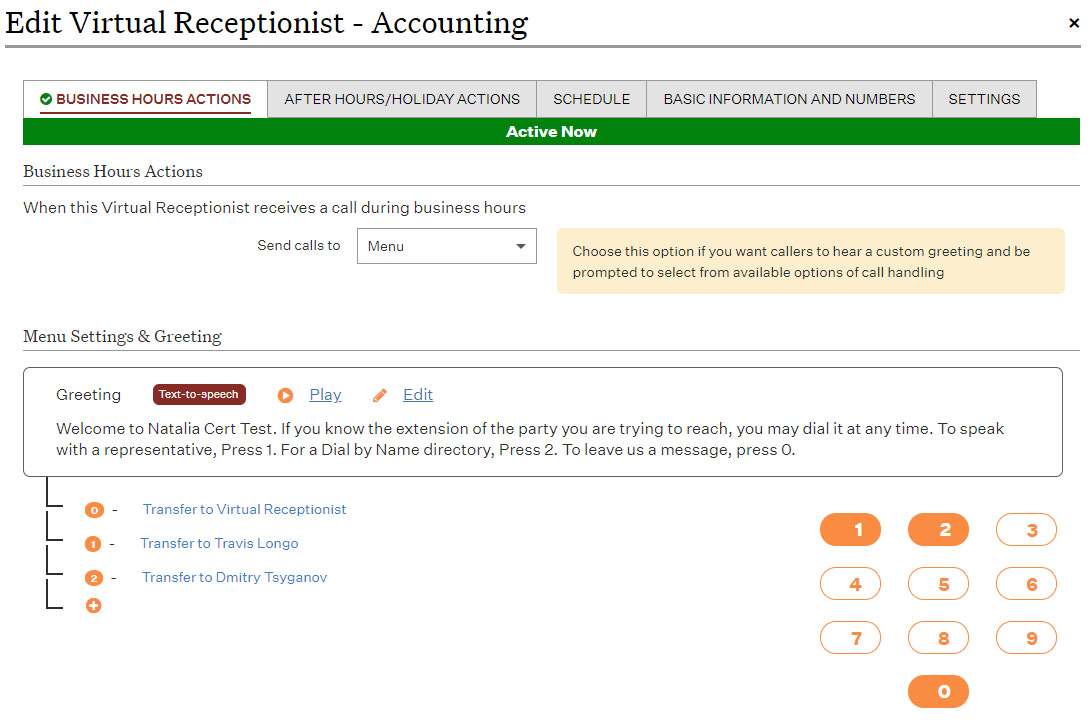
Create professional-sounding phone greetings via Ooma. (Source: Ooma)
In our Ooma review, the platform earned a high score and is recommended for home offices and companies looking for low-cost international calling providers. It offers overhead paging support, making the solution suitable for those with brick-and-mortar operations. Its call management features include ring groups, call forwarding, and virtual receptionist. If you’re interested in this phone solution, the entry-level plan costs $19.95 per user, monthly.
2. Vonage is a top niche player in the unified communications industry
Source: Gartner
Vonage is one of the providers Gartner included in its list of niche players for unified communications as a service (UCaaS). By the research company’s definition, “niche players” focus successfully on a small segment.
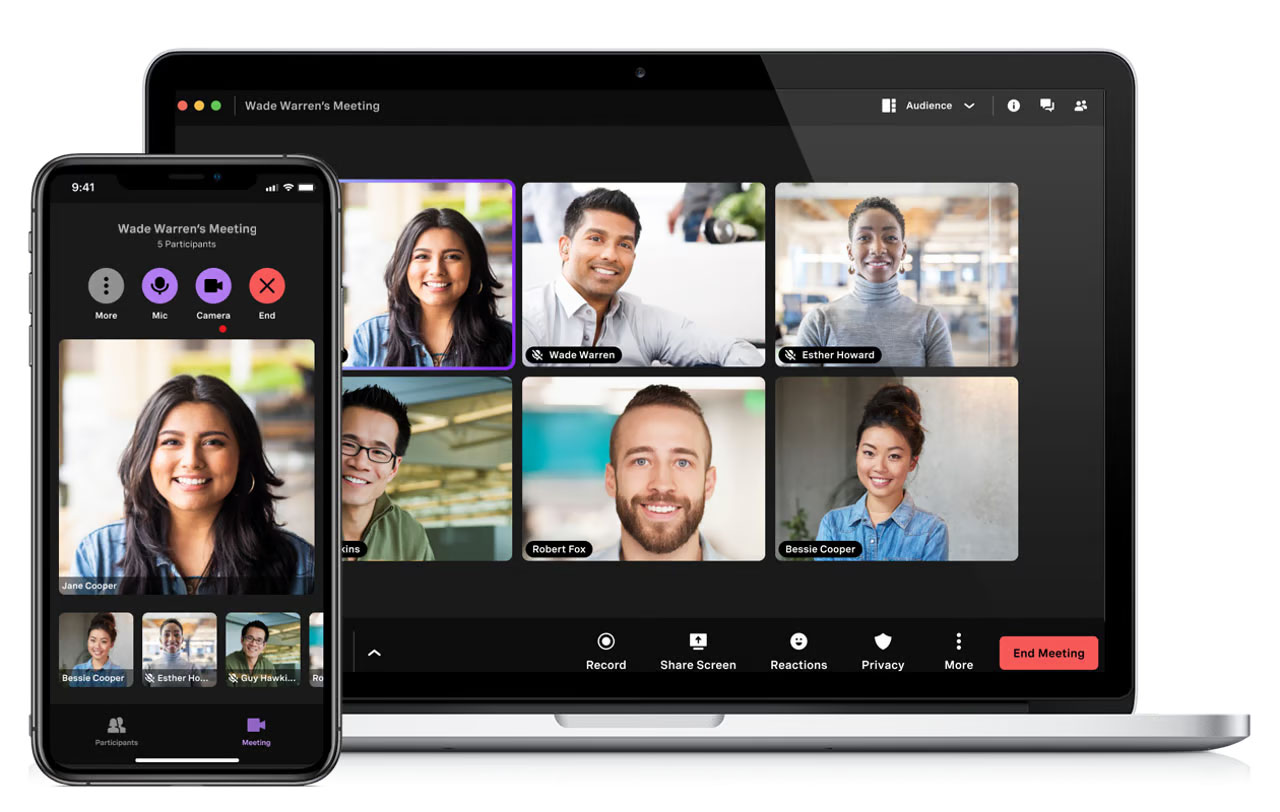
Host brainstorming sessions on Vonage. (Source: Vonage)
Vonage is unique in its pricing model, as it follows an a la carte framework. All subscription plans include 40-plus VoIP features and allow add-on tools for accommodating high call volumes. Check out our Vonage review for the list of its call management capabilities. In terms of UCaaS capabilities, the provider offers instant messaging and video conferencing. Team chat supports file sharing, and video meetings accommodate up to 250 participants.
3. RingCentral exceeded 5 million paid seats
Source: RingCentral
Aside from the strong user base, the popular VoIP phone system RingCentral posted $2 billion in annualized recurring revenue (ARR) in 2022. These figures reflect the trend of several businesses adopting and investing in VoIP for streamlined communications.

Create a virtual line for callers by configuring RingCentral’s call queues. (Source: RingCentral)
Our RingCentral review outlines the best features of this phone system: 99.999% uptime guarantee, over 300 prebuilt integrations, and unified communications tools. Manage calls efficiently with call queues, shared lines, and receptionist console. If you frequently receive several calls, use the 10,000 toll-free minutes offered in the provider’s most expensive plan. RingCentral’s base-level package costs $30 per user, monthly.
New VoIP Features & Subscription Offerings
The majority of VoIP providers constantly improve their products to enhance call management and team communications. Businesses must keep abreast of such updates to fully maximize their phone systems. The following VoIP news focuses on the latest feature releases:
4. RingCentral introduces next-gen solution for frontline workers
Source: RingCentral
RingCentral’s next-gen communication solution for frontline workers is equipped with a walkie-talkie, voice, video powered by artificial intelligence (AI), team messaging, and file sharing features. This allows on-the-go employees to coordinate with team members faster, without having to switch between different communication apps.
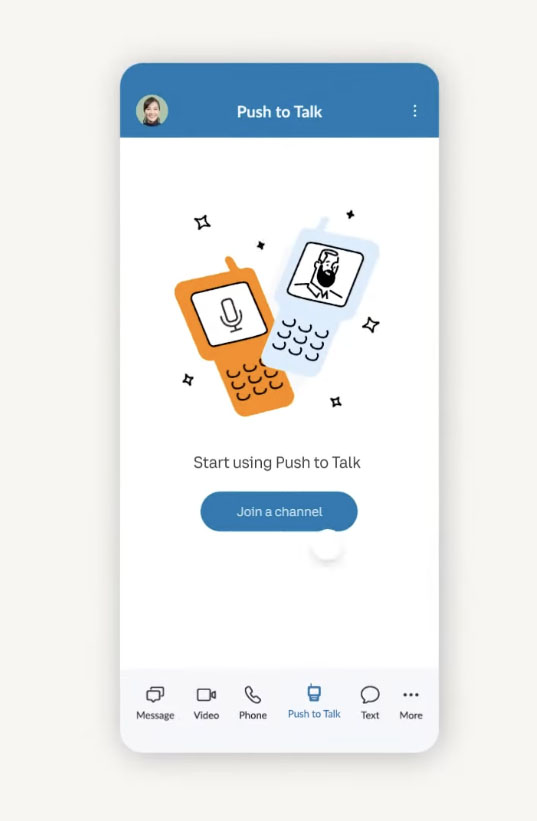
Broadcast instant messages to a team using RingCentral’s push-to-talk. (Source: RingCentral)
Healthcare is one of the industries expected to benefit from the platform, as it helps shorten patient visit time and reduce the interval between the time an emergency vehicle is dispatched and the time it arrives at the emergency location. The solution is available as a standalone product or as an add-on to RingCentral MVP.
5. Dialpad launches DialpadGPT
Source: Dialpad
Artificial intelligence (AI) has been one of the most dominant VoIP trends since 2020, and Dialpad is among the first to adopt such a tool in the phone system. DialpadGPT is a domain-specific large language model designed to support tools that eliminate manual tasks.
This technology is trained to analyze billions of conversations and transcripts, thus effectively offering accurate communication insights, such as customer satisfaction scores and action items from calls and meetings. With this, businesses are able to work on post-call tasks faster and understand customer sentiments more easily without the hassle of going through each interaction.
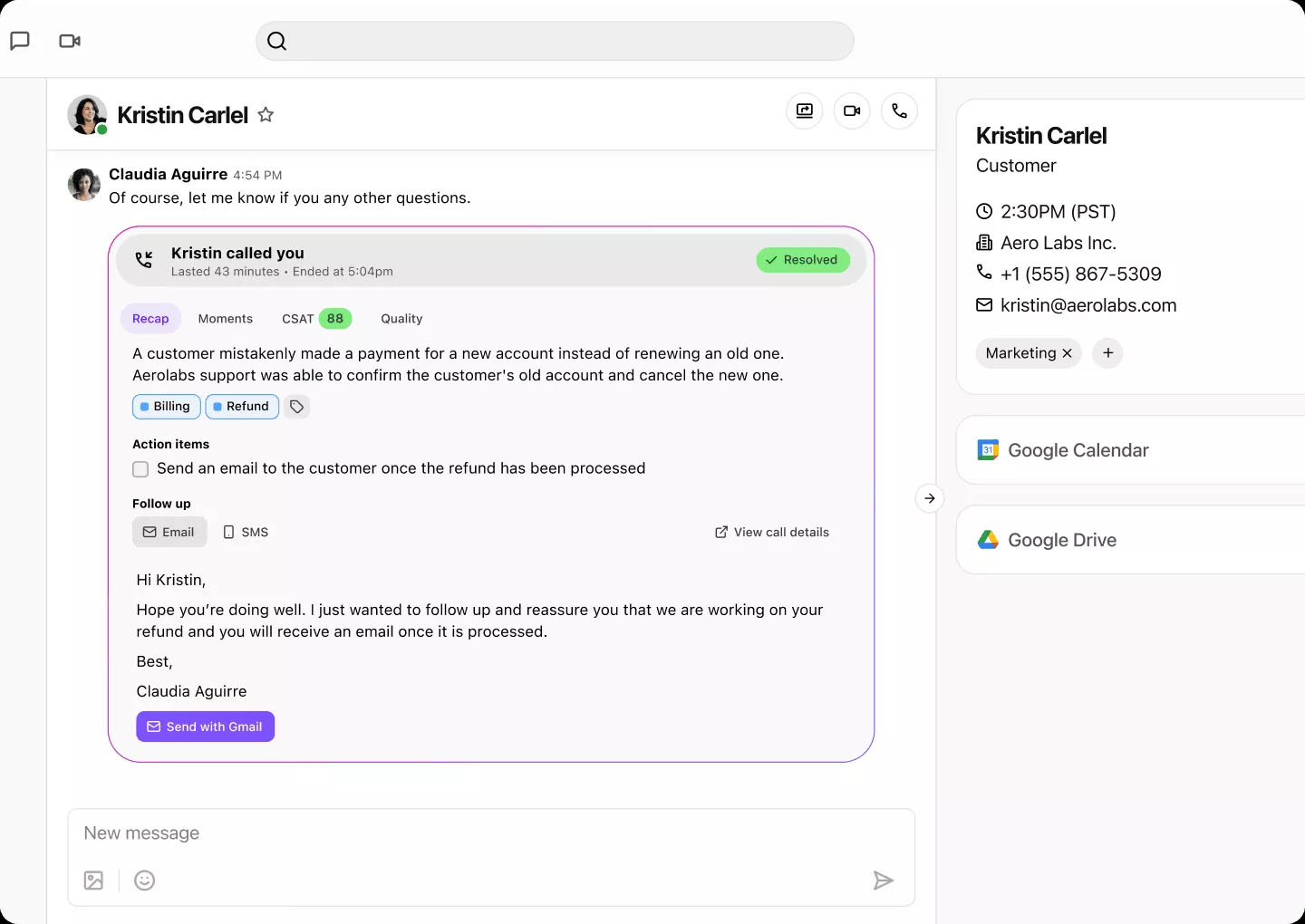
Refer to Dialpad Ai Recap to know what the call is about. (Source: Dialpad)
As mentioned in our Dialpad review, this phone system is best for businesses wanting to streamline communications through the help of AI. It comes with unified communication tools, such as instant messaging and video conferencing, allowing team members to ask for updates and discuss ideas without difficulty. Dialpad subscriptions start at $23 per user, monthly.
6. Nextiva features a new marketing enablement platform
Source: Nextiva
NexConnect, a platform specifically designed for Nextiva’s partner community, allows users to streamline marketing campaigns and activities. It lets you manage contact lists, create landing pages, use “campaigns in a box” (which include emails, blogs, social posts) and collaterals, and improve marketing automation.
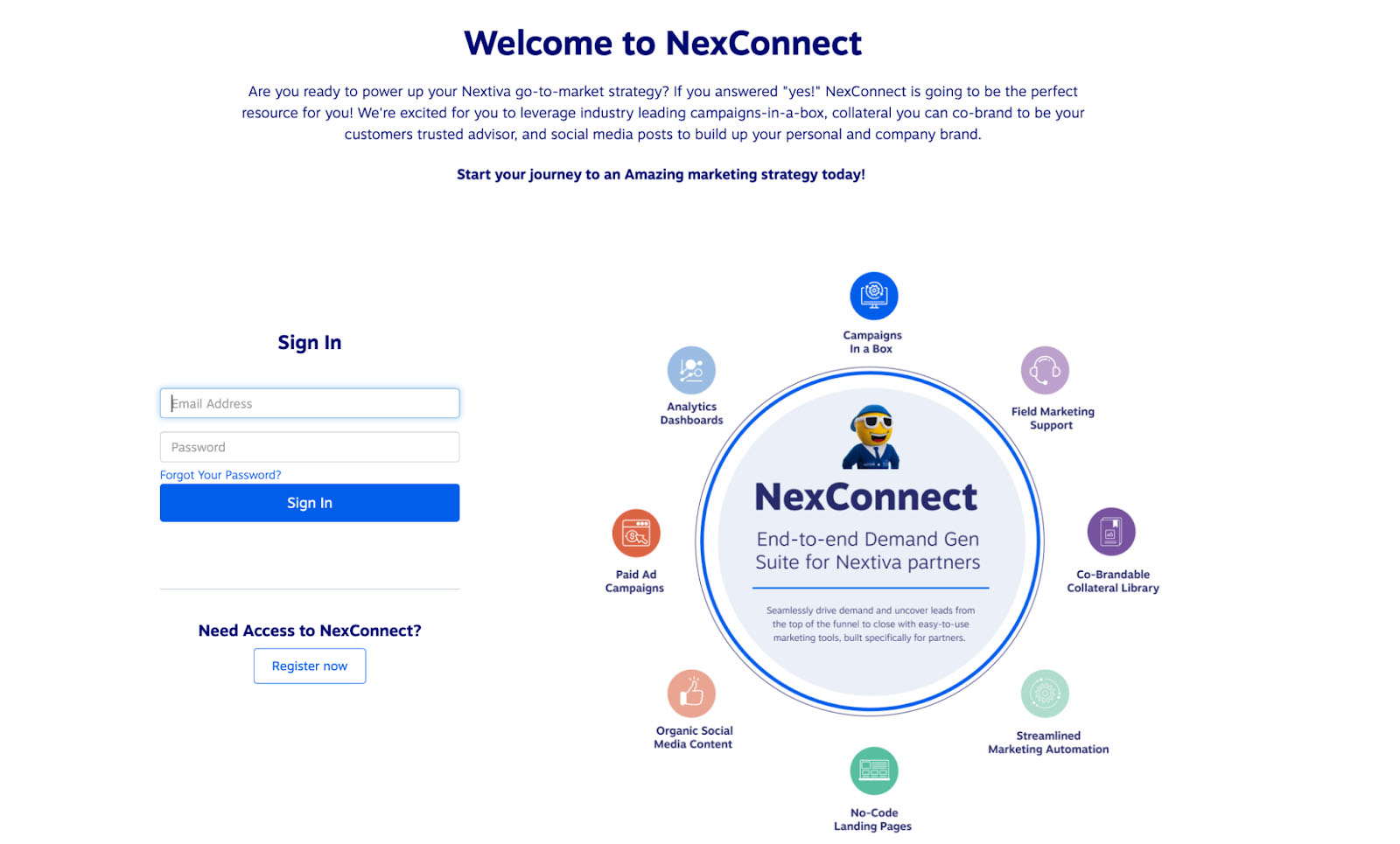
Run effective marketing campaigns through NexConnect. (Source: Nextiva)
This new marketing enablement tool complements Nextiva’s business phone system, which has a wide range of call management features discussed in our comprehensive Nextiva review. Its generous toll-free minute allowance accommodates the influx of calls generated from various marketing campaigns. Similarly, other tools, like the auto-attendant, advanced call routing, call park, and call queueing, enable companies to handle several calls systematically.
7. Google Voice allows designated users to modify call routing rules
Source: Google Blog
On Google Voice, admins have the option to assign specific users to manage ring groups even without accessing the Admin console. The designated ring group managers are able to edit ring group members, call distribution rules, ring duration configurations, and working hours. This specifically benefits companies with a large customer base, as team leaders share the responsibility of managing call routing.
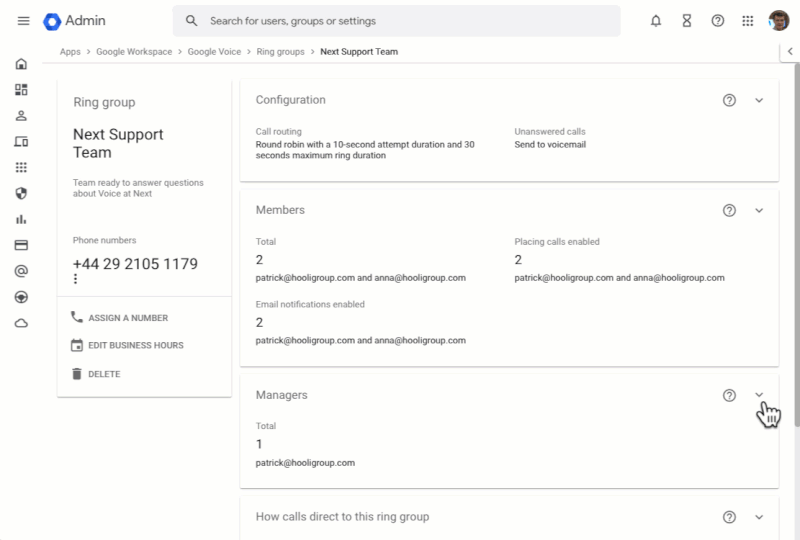
Add ring group managers on Google Voice. (Source: Google Blog)
Aside from ring group managers, Google Voice features call forwarding, multi-level auto-attendant, call recording, and voicemail transcription. Our Google Voice review further discussed the niche capabilities of this solution, including voice AI.
The advantage of choosing this provider is it includes a service level agreement (SLA) on all subscription plans. The business phone solution is excellent for small, budget-conscious teams, as its starting price is only $10 per user, per month.
8. Zoom Assistant improves call handling efficiency
Source: Zoom
Zoom Phone introduced Zoom Assistant, a desktop panel that lets users quickly search for contacts, access speed dial, accept and place calls, and transfer calls. If you’re subscribed to the Pro plan, you’ll be able to pick up calls for call queues and shared line groups, which further improves call center productivity.
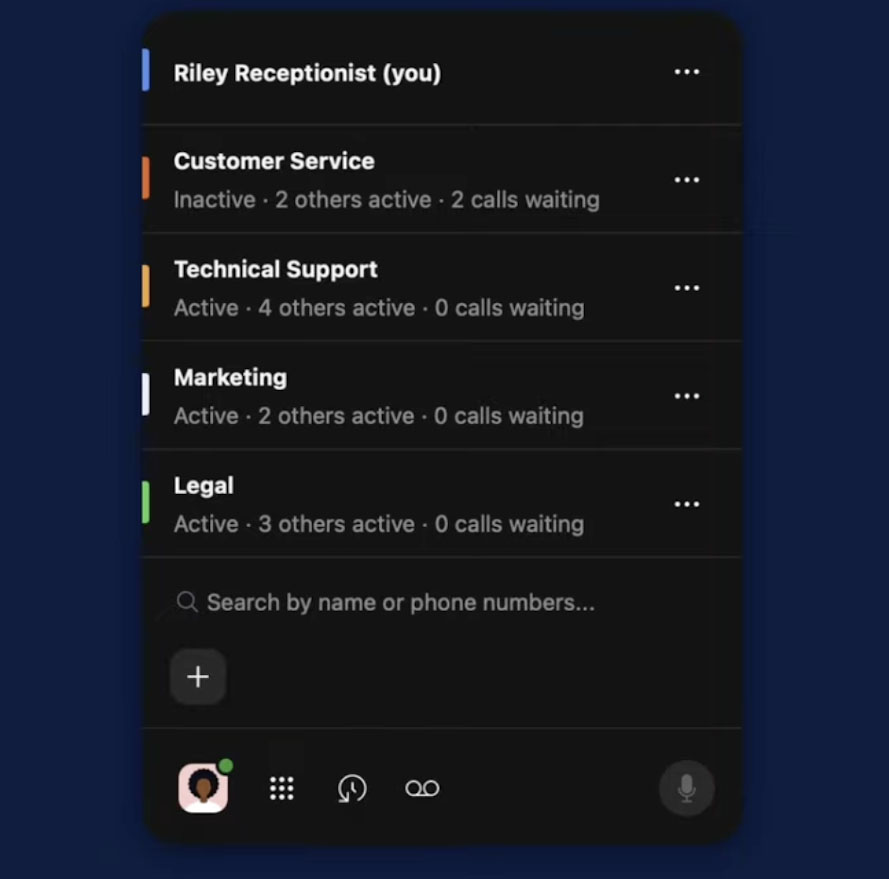
Get an overview of the statuses of call queues using Zoom Assistant. (Source: Zoom’s YouTube)
In our Zoom Phone review, we recommended the popular VoIP system to businesses wanting to establish a local presence overseas. It offers unlimited regional calling in one of the 48 countries supported and unlimited international calling to 19 locations. The provider is likewise ideal for companies looking for an affordable business phone system. Subscription starts at $10 per user, per month.
9. Skype now supports emergency calling
Source: Skype
Skype announced that users in the United States may now place emergency calls to 911. When enabled, location sharing allows 911 operators to track the user’s geographical location. The feature is available in the Privacy Settings, under “911 emergency location sharing.” Other VoIP platforms like RingCentral and Zoom have emergency calling as default features.
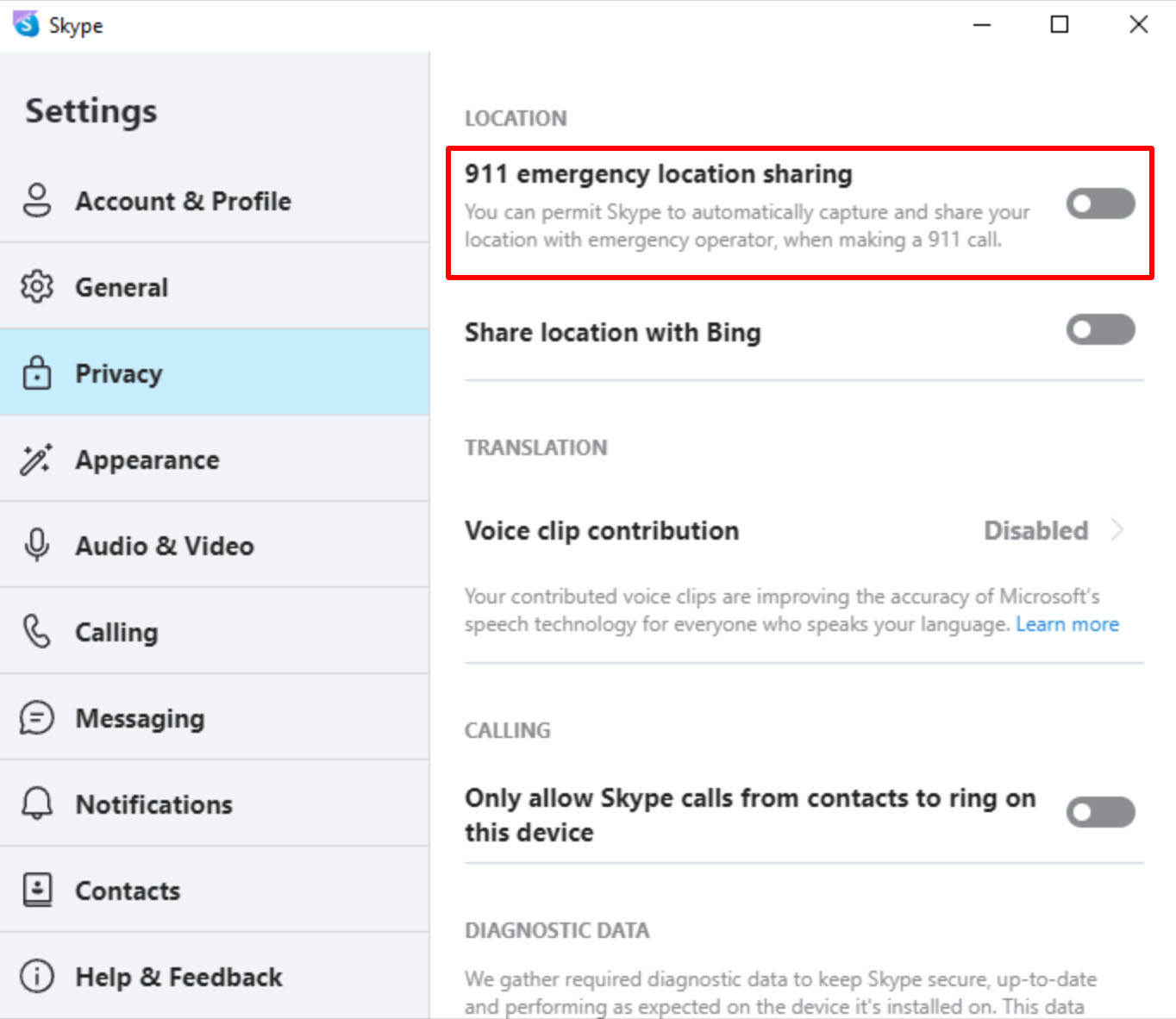
Turn on emergency location sharing on Skype. (Source: Microsoft Community)
If you need a refresher on the basics of VoIP, refer to our comprehensive what is VoIP guide. In addition to the pros and cons, we outlined the common features of this internet-based phone system.
VoIP Security Threats
While VoIP platforms comply with several security standards, they are not completely immune from malicious attempts to hijack networks and collect confidential information. Below are some of the top news on VoIP security threats:
10. 3CX suffered from a Trojan attack
Source: 3CX
The 3CX desktop app was injected with a Trojan that collects application configuration data and browser history. The malware was added to the software updates in March 2023. To protect users, the VoIP provider recommended uninstalling the desktop app and running antivirus scans. At the time of the attack, 3CX had over 600,000 business customers, including Fortune 500 companies.
To prevent Trojan attacks, look for VoIP vendors offering data encryption at-rest and in-transit, like RingCentral. Ask your provider how often they conduct penetration testing to understand how intentional they are in identifying vulnerabilities. Read up on other VoIP security threats to reduce the financial and reputational risks to your business.
11. Distributed Denial of Service (DDoS) attacks increased by 200%
Source: Zayo
The VoIP industry saw a whopping 200% growth in DDoS activities in the first half of 2023 (H12023) compared to the full year of 2022. From the first half of 2022 (H12022) to the H12023, the increase was 314%. DDoS involves flooding the traffic of the organization’s server to keep legitimate users from being connected to the system.
Telecommunications is one of the top target industries, representing about half of the total attack volume, with more than 37,000 attacks in H12023. Education saw the highest frequency of attacks in H12022. Similarly, the cloud and software as a service industry recorded a significant increase in the frequency of attacks from H12022 to H22023.
12. Nearly half of polled organizations experienced vishing
Source: Mutare
Forty-seven percent of surveyed organizations encountered voice phishing. About 16% said they were attacked on collaboration platforms, such as Cisco Webex and Microsoft Teams, while 14% experienced it over voice networks. In a separate Trellix report, vishing activities surged by 142% from the third quarter of 2022 to the fourth quarter of the same year. Vishing involves bad actors using persuasive language to coax confidential information from unsuspecting victims.
The Future of VoIP
The VoIP market continues to grow, and its progress is marked by technological advancements. AI is believed to play a major role in streamlining communications moving forward. At the same time, the future of VoIP is marked by various challenges, including the rise of cyberattacks powered by AI. Learn the latest VoIP forecast here:
13. 80% of business leaders believe that AI is essential to communications
Source: 8×8
AI will likely be more mainstream in the near future as the majority of organization leaders consider it a “must-have.” In an 8×8 survey, 87% of the participants believe conversational AI or chatbots improve productivity, while 76% said these tools “revolutionize” business communications. Interestingly, 72% think conversational AI boosts company profitability and revenue and reduces risks.
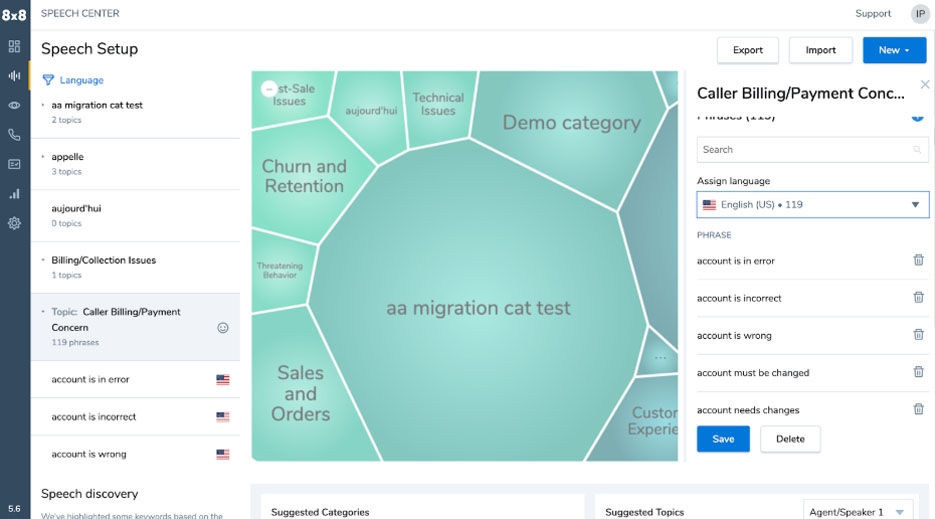
Use 8×8’s speech center to spot conversation trends in phone calls. (Source: 8×8)
8×8 is a popular VoIP provider with AI features. It offers speech analytics, evaluating all calls and allowing businesses to identify customer behavior patterns. Its virtual agent provides faster, always-present customer service. Aside from AI capabilities, 8×8 allows unlimited international calling to 48 countries, as mentioned in our comprehensive 8×8 review. The provider’s subscription rates are available upon direct request.
14. Bad actors may incorporate AI in cyberattacks
Source: BeyondTrust
While VoIP trends show that AI will improve call center activities, it may also be used for cyberattacks. Weak AI, the type of AI that is limited to specific narrow tasks, is expected to intensify in 2024, allowing bad actors to identify vulnerabilities and avoid detection more easily. Meanwhile, Strong AI, the type of AI that learns and thinks like humans, will be harnessed to autonomously launch end-to-end cyberattacks.
15. Bring Your Own Device policy drives UCaaS adoption
Source: Fortune Business Insights
Around 85% of organizations have BYOD policies in place. This norm and the continued popularity of smartphones and new technologies infused in collaboration tools pave the way for increased use of unified communications platforms. With this, the market value is expected to increase from $32.01 billion in 2023 to $85.77 billion by 2030.
Frequently Asked Questions (FAQs)
Although VoIP providers utilize strong security measures, the technology is vulnerable to various cyberattacks, including DDoS, malware, and call tampering. Businesses must conduct security audits regularly to identify vulnerabilities and prevent costly damage.
VoIP platforms offer more benefits compared to landline phones. They are more affordable, as there’s no need for extra hardware and dedicated phone lines. Most providers offer unlimited domestic calling and toll-free minute allowance as well, while some support unlimited international calling. There are vendors with subscription rates as low as $10 per user, per month.
Aside from affordability, VoIP is accessible and scalable. Access phone calls through different devices: IP phone, browser, desktop, and mobile phone. Even without installing new phone lines, you’ll be able to add more users to the account as you grow your business operations.
No. While VoIP is a reliable communications solution, it will not entirely replace cell phones, as most traveling professionals depend on cell service to communicate with colleagues. The cell phone service provider’s nationwide coverage helps them be connected wherever they are.
Bottom Line
The recent VoIP trends show remarkable advancement in the industry, characterized by new technologies, an expanded customer base, and competitive players. Businesses that want to improve communications will greatly benefit from the developments unfolding in the next few years, especially with AI automating conversations and providing meaningful insights about customer behavior.
If you want to know more about VoIP, especially its early beginnings, refer to our piece on the history of VoIP. Check out other articles to learn about the latest VoIP news today.